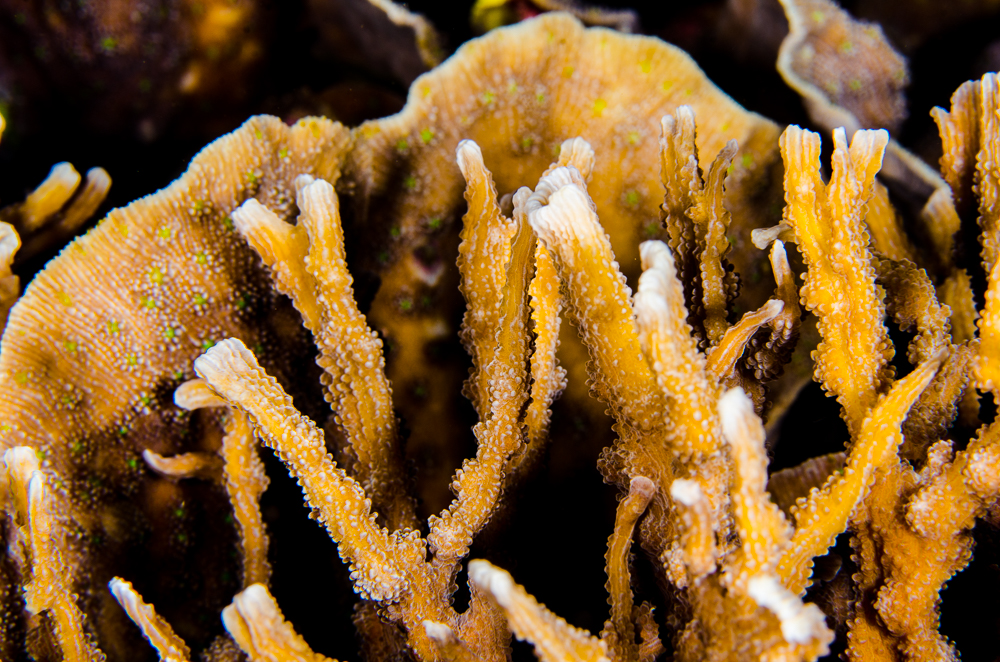
Echinopora horrida, also known as the Brittle Star Coral, is a common coral in the wild, but very rarely makes it to the aquarium world. It’s not the most colorful coral on the planet, but its growth form is very unique and interesting. Echinopora horrida is a pretty common coral often encountered on top of a partially protected, shallow reef.
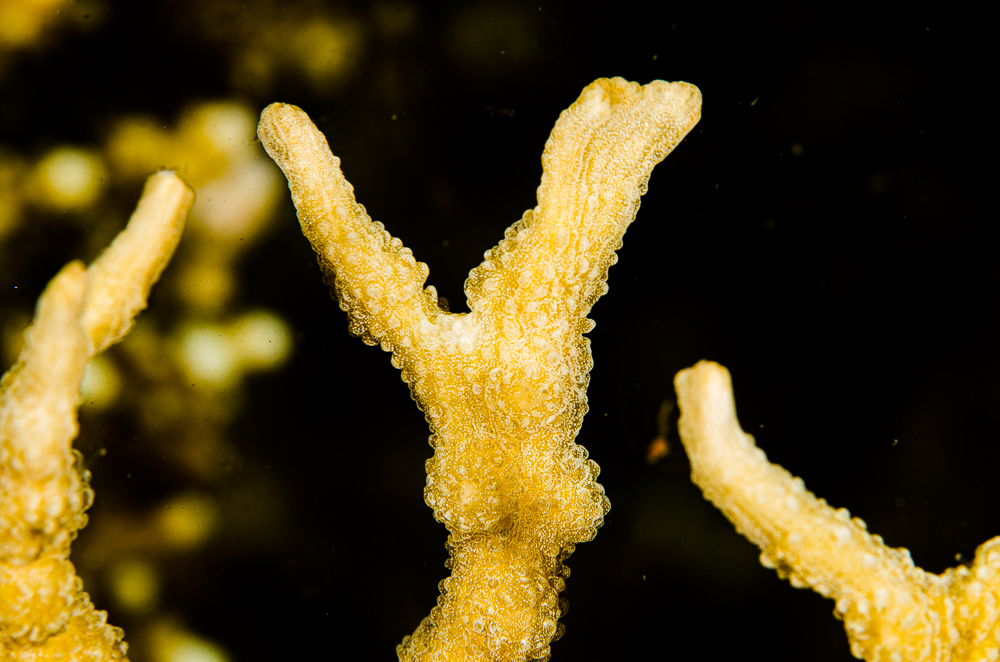
Echinopora belongs to the Merulinidae family, together with other very important genera such as Merulina and Hydnophora. These 3 genera could be more important in terms of coral cover than Acropora in many parts of the world, given how common and abundant they can be.
Description:
Echinopora horrida is one of the few true branching Echinopora species, together with two other very rare species, E. ashmorensis and E. fruticulosa. Aquarists are more likely familiar with this genus via coral such as Echinopora lamellosa, one of the many corals collectively called chalice corals, which grow in a plating fashion. Conversely, colonies of E. horrida are composed of irregular, contorted, thin and brittle branches that sometimes end up in a laminar or cylindrical shape.
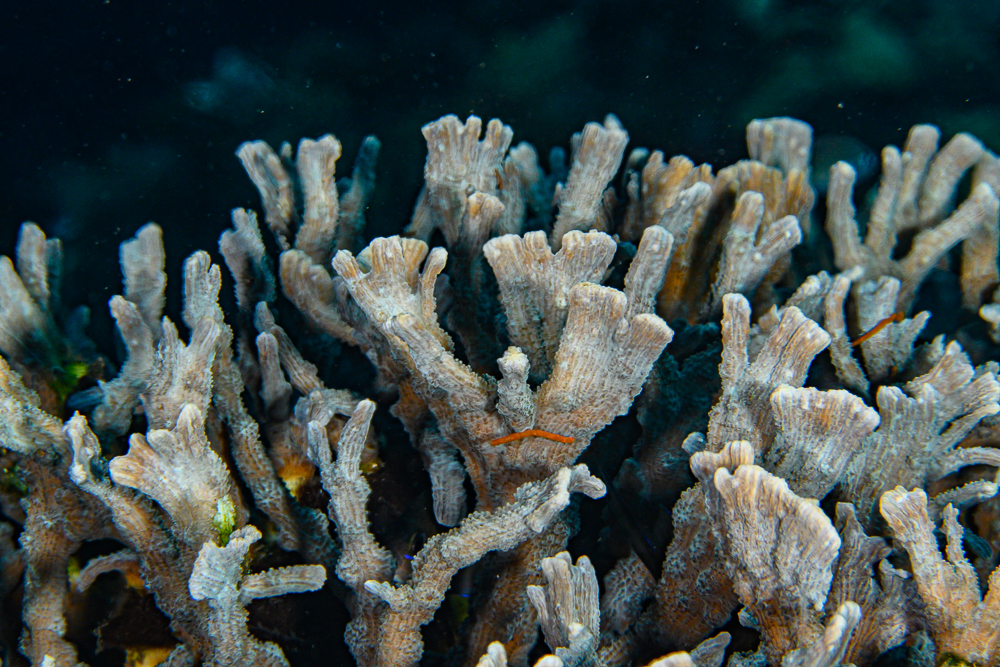
The corallites are 4-6 millimeters in diameter. They are thick-walled and have six thick primary septa. The coenosteum (the area of skeleton between corallites) is covered with tall spinules, giving it, like all other Echinopora members, a very spinny appearance.
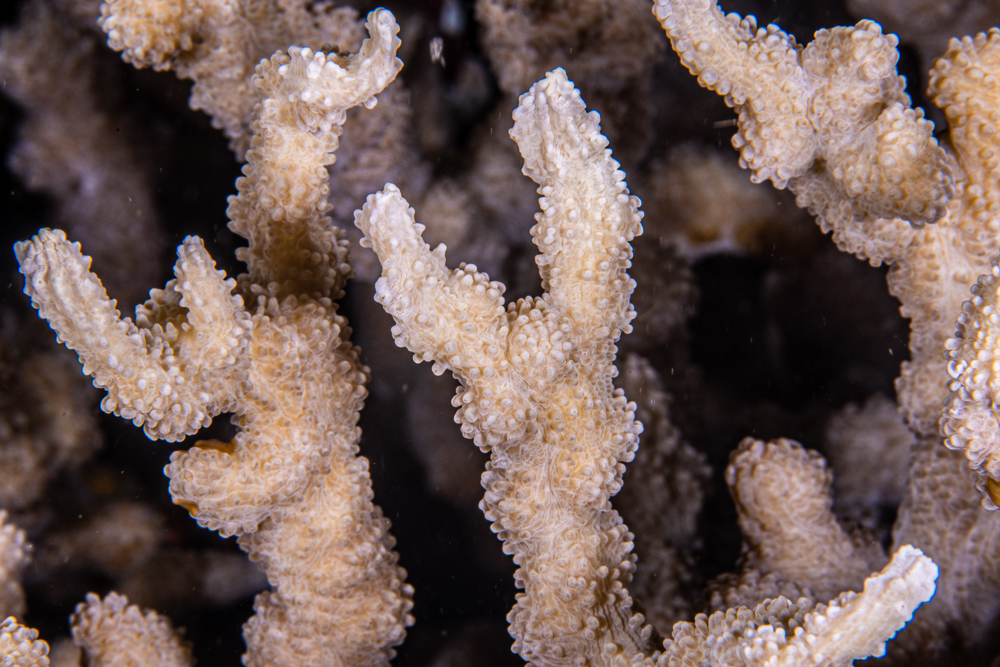
Habitat:
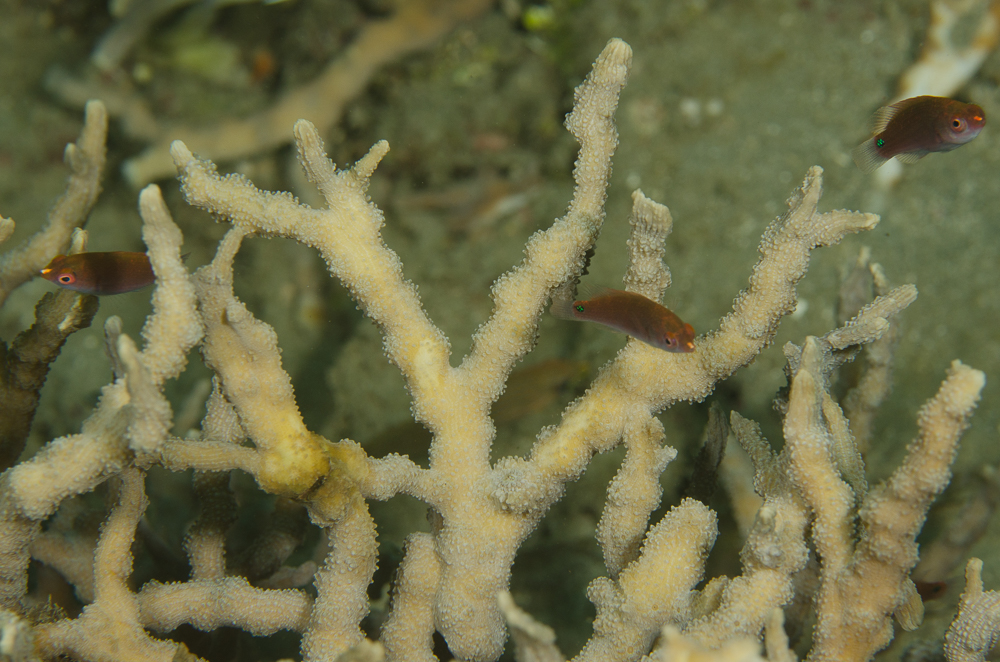
Echinopora horrida likes the top of protected reefs and lagoons, often in slightly turbid water. Branches are surprisingly strong and sturdy; that’s why they can survive on top of the slope, in very shallow water, despite being sometimes subjected to stormy, wavy conditions.
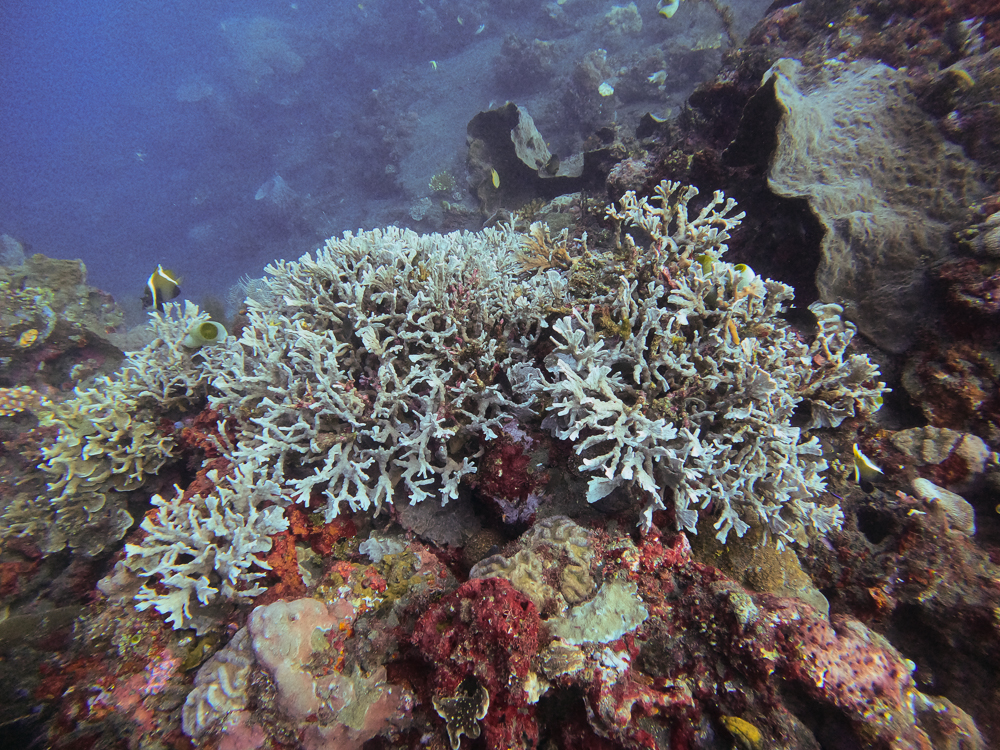
A very fluctuating environment, rich in food, light, and flow, but very variable. In very calm water colony shape will be very open, while it will change to a very compact shape in more exposed conditions.
Coloration:
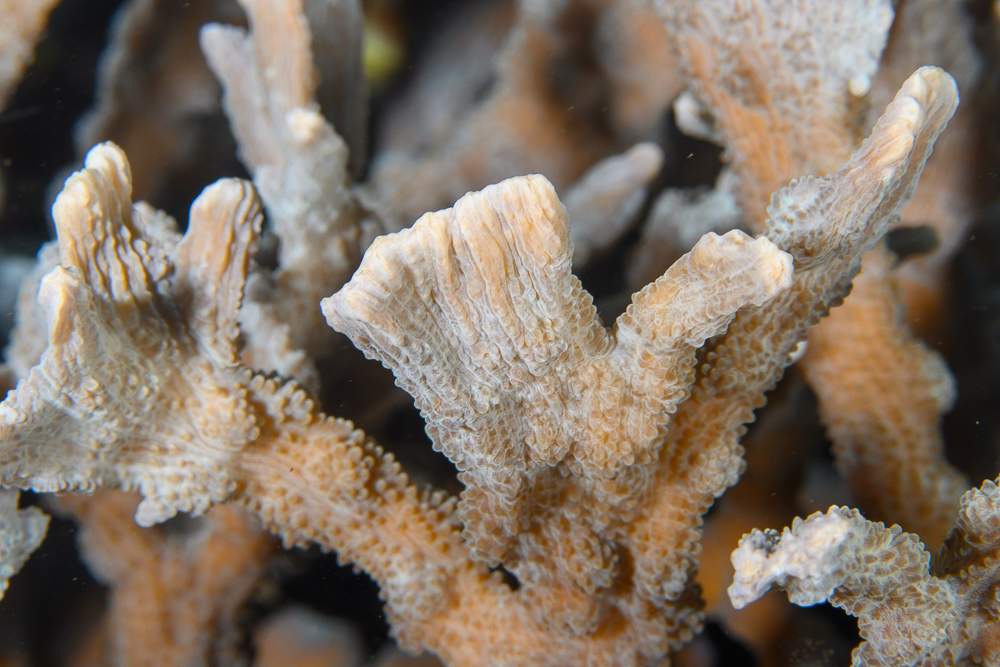
The coloration of this coral is not very fancy. Usually, this species exhibits some variation of brown to light yellow, or grey to almost light blue. It is not the most striking coloration, but what it lacks in color, it makes up for with its contrasting shape.
Maintenance:
In addition to its appearance, Echinopora horrida is also a fast-growing species of coral, which makes it easy to propagate. Because it comes from shallow water, it prefers very high light intensity and can support a wide range of flow conditions.
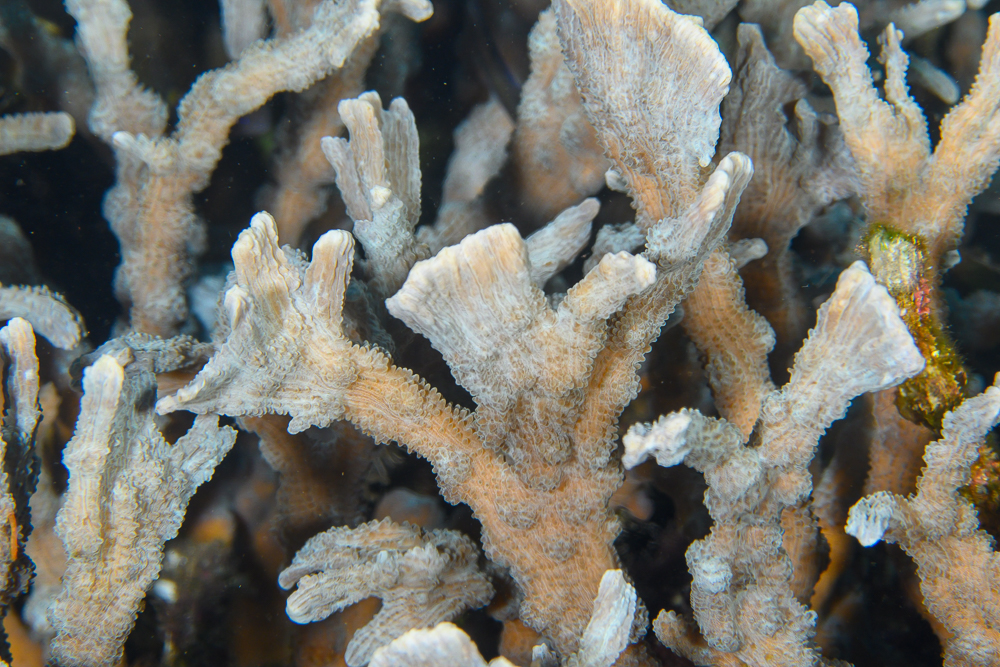
Another advantage of Echinopora horrida is its adaptability. This species of coral is very resilient and can tolerate a wide range of water parameters, making it an ideal choice for beginner SPS aquarists.




